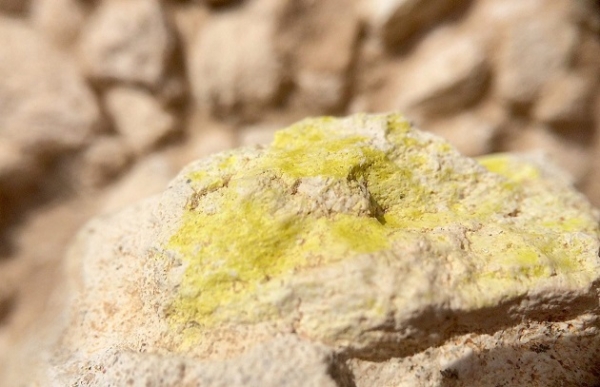After sitting dormant since the 1980s, the Pinyon Plain uranium mine began operating in January on the Kaibab National Forest in Arizona, about seven miles south of the Grand Canyon.
After sitting dormant since the 1980s, the Pinyon Plain uranium mine began operating in January on the Kaibab National Forest in Arizona, about seven miles south of the Grand Canyon. Thanks to new interest in expanding nuclear power, the price of uranium is on a tear, making undeveloped and long-shuttered mines viable. Pinyon Plain, which has some of the highest-grade uranium ore in the country, is one of the first uranium mines to open in the United States in eight years.
It will not be the last. In the U.S. and around the world, uranium mining is experiencing a revival. At least five producers in the U.S. are reactivating mines in Texas, Utah, Wyoming, and Arizona, all of which closed after the 2011 disaster at Fukushima sent the price of uranium plummeting. Other projects are underway internationally, including new mines planned in Canada, India, and Mongolia.
The resurgence of uranium mining is linked, in large part, to global efforts to tackle climate change. At last year’s COP28 U.N. climate conference in Dubai, more than 20 countries, including the U.S., committed to tripling nuclear energy capacity by 2050 as a strategy to end dependence on fossil fuels. And in late February, the U.S. House of Representatives passed legislation intended to speed up development of next-generation nuclear power plants; the Senate has its own version of the bill.
Read more at: Yale Environment 360
Uranium found near Sulfur Springs Draw in Texas. (Photo Credit: U.S. Geological Survey)




